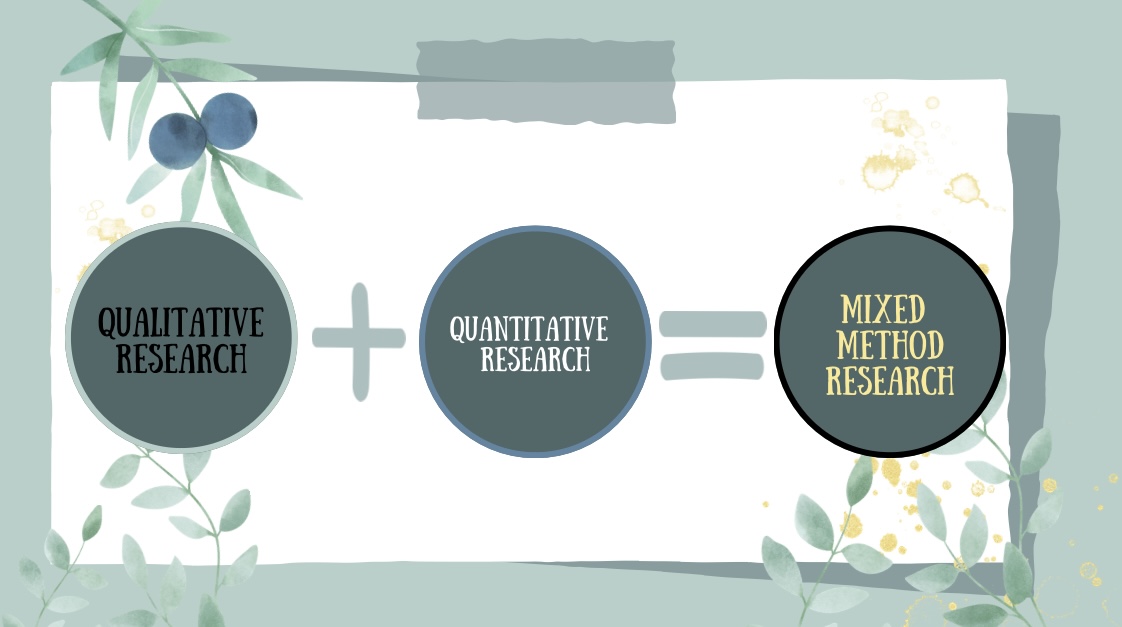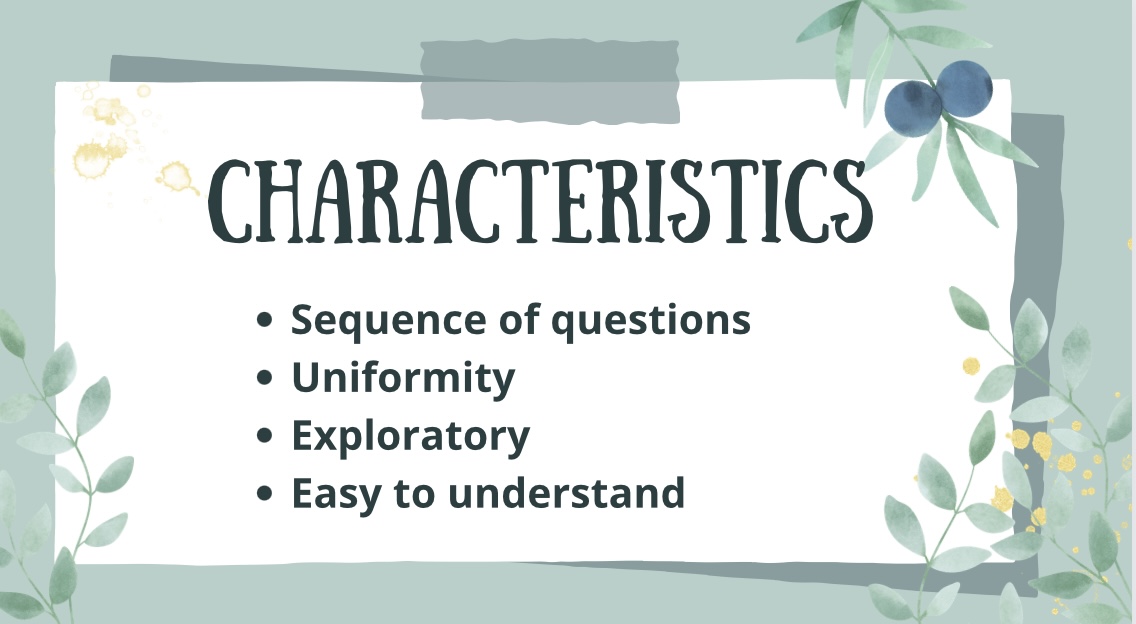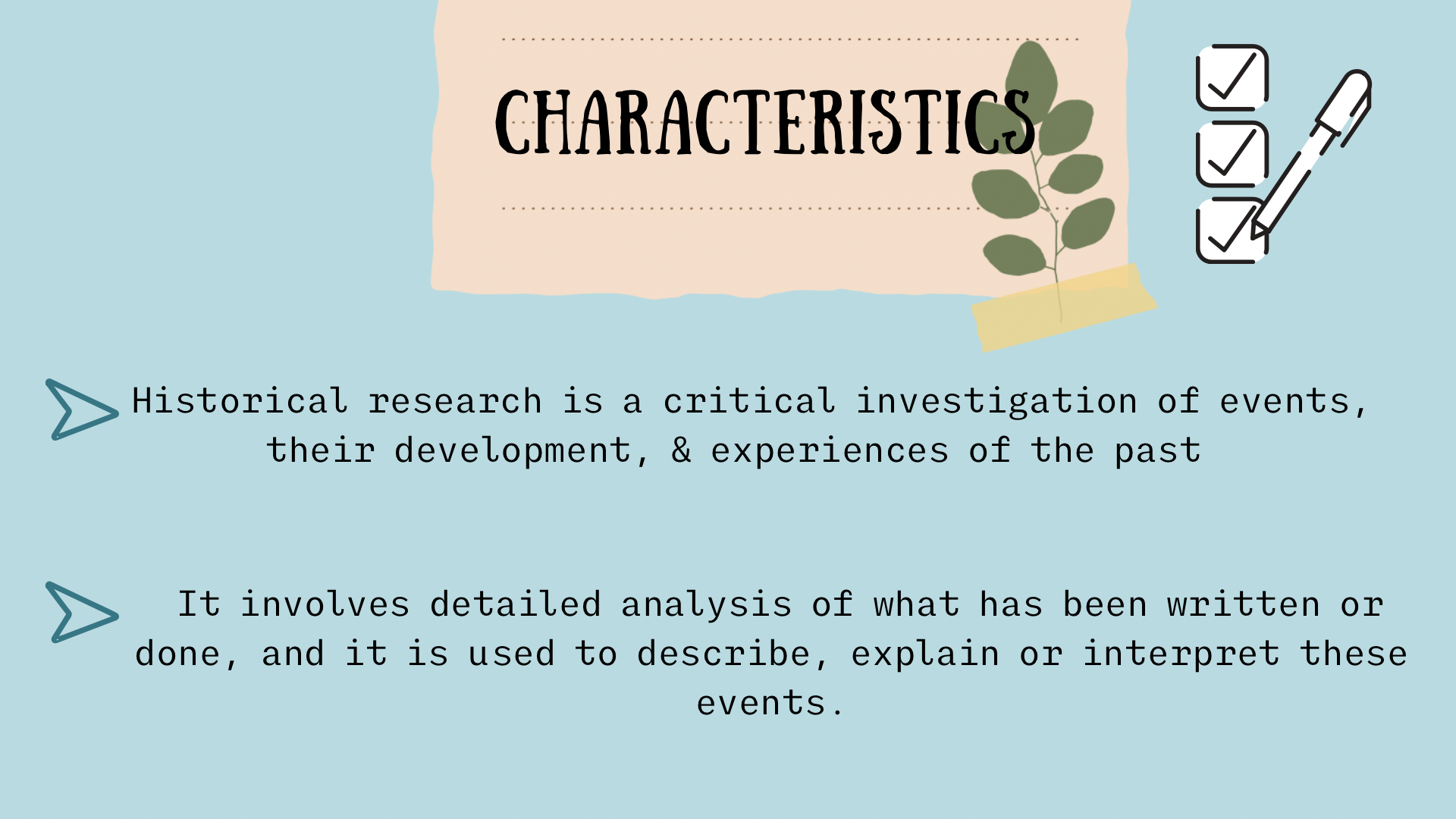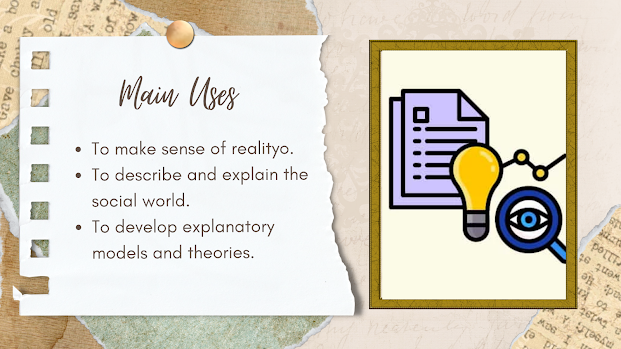2. MIXED METHODS RESEARCH

DEFINITION: m ixed methods research combines elements of quantitative research and qualitative research order to answer your research question. Mixed methods can help you gain a more complete picture than a standalone quantitative or qualitative study, as it integrates benefits of both methods. Mixed methods research may be the right choice if your research process suggests that quantitative or qualitative data alone will not sufficiently answer your research question. CHARACTERISTICS: 1 . The analysis of both qualitative and quantitative data. 2. The collection of both open and closed-ended data (qualitative and quantitative data) in response to research question. 3. Persuasive and rigorous procedures for the qualitative and quantitative methods. 4. The integration of these two data sources (by merging, connecting, embedding). 5. The use of specific mixed methods design that involves a concurrent or sequential integration. MAIN USES: ADVANTAGES: 1 . M...




.png)
.png)



.png)
.png)